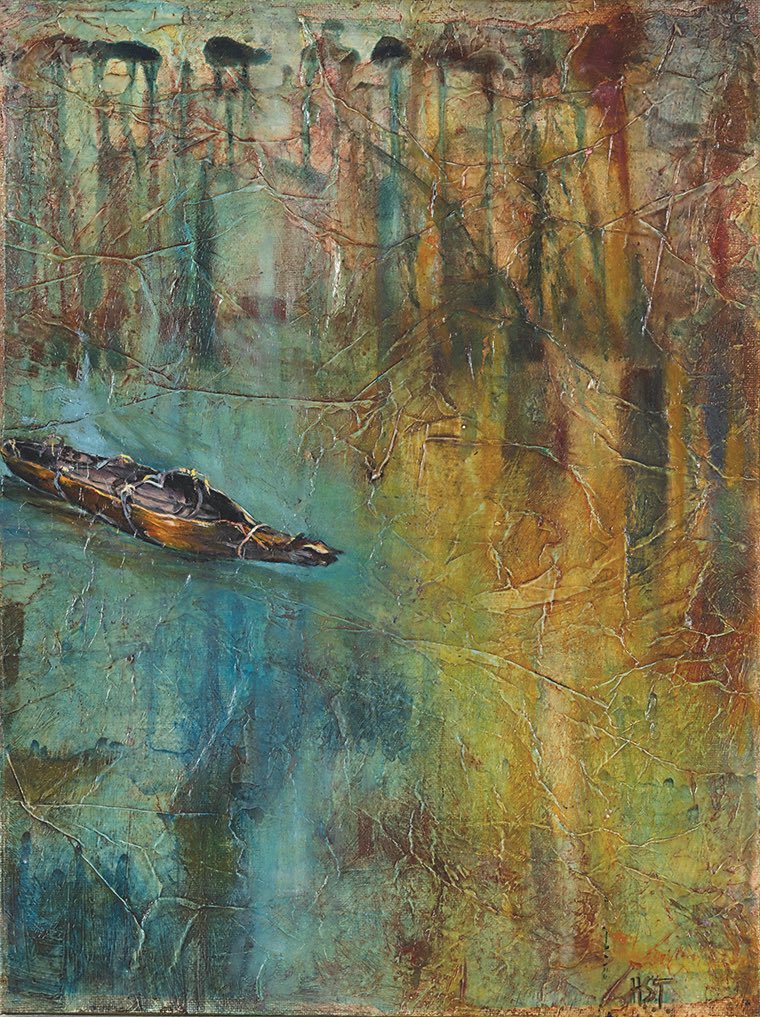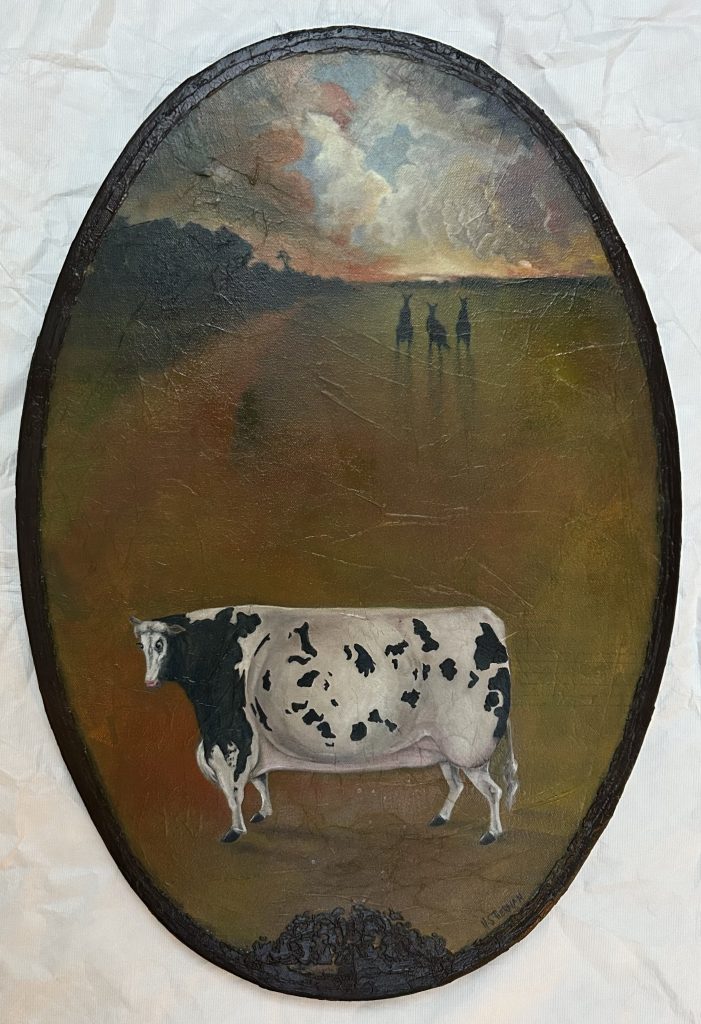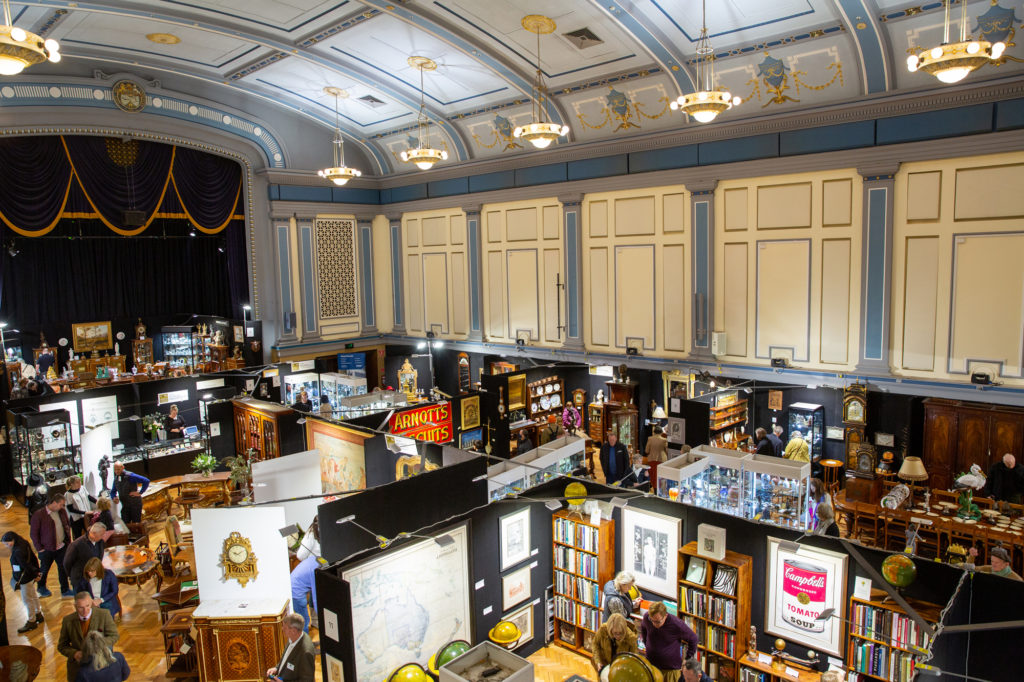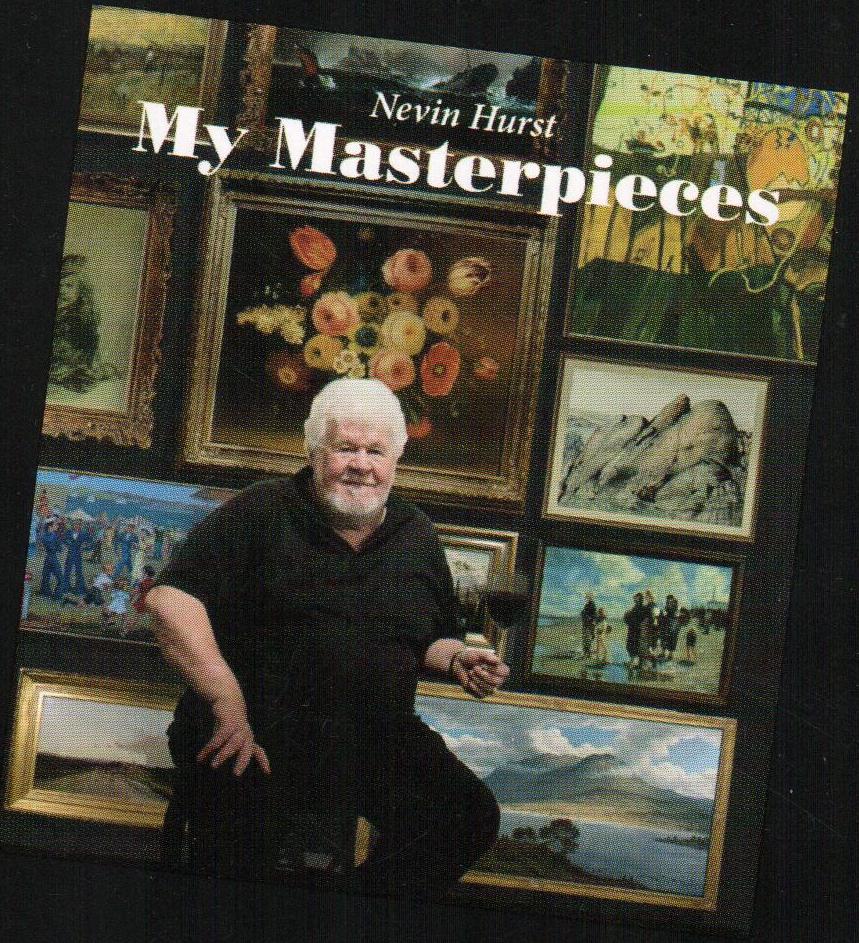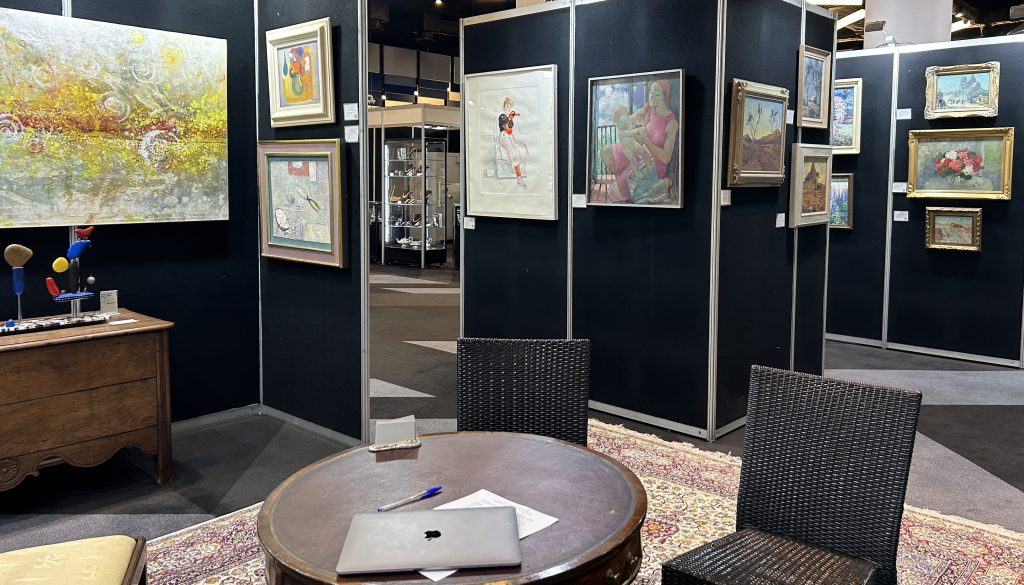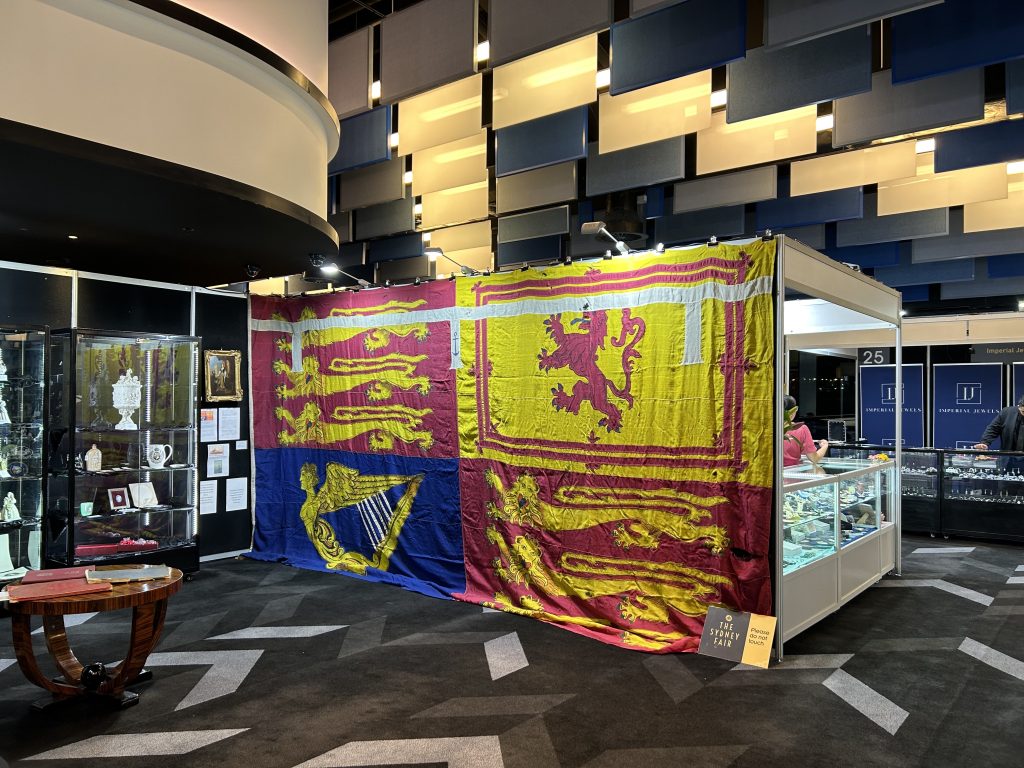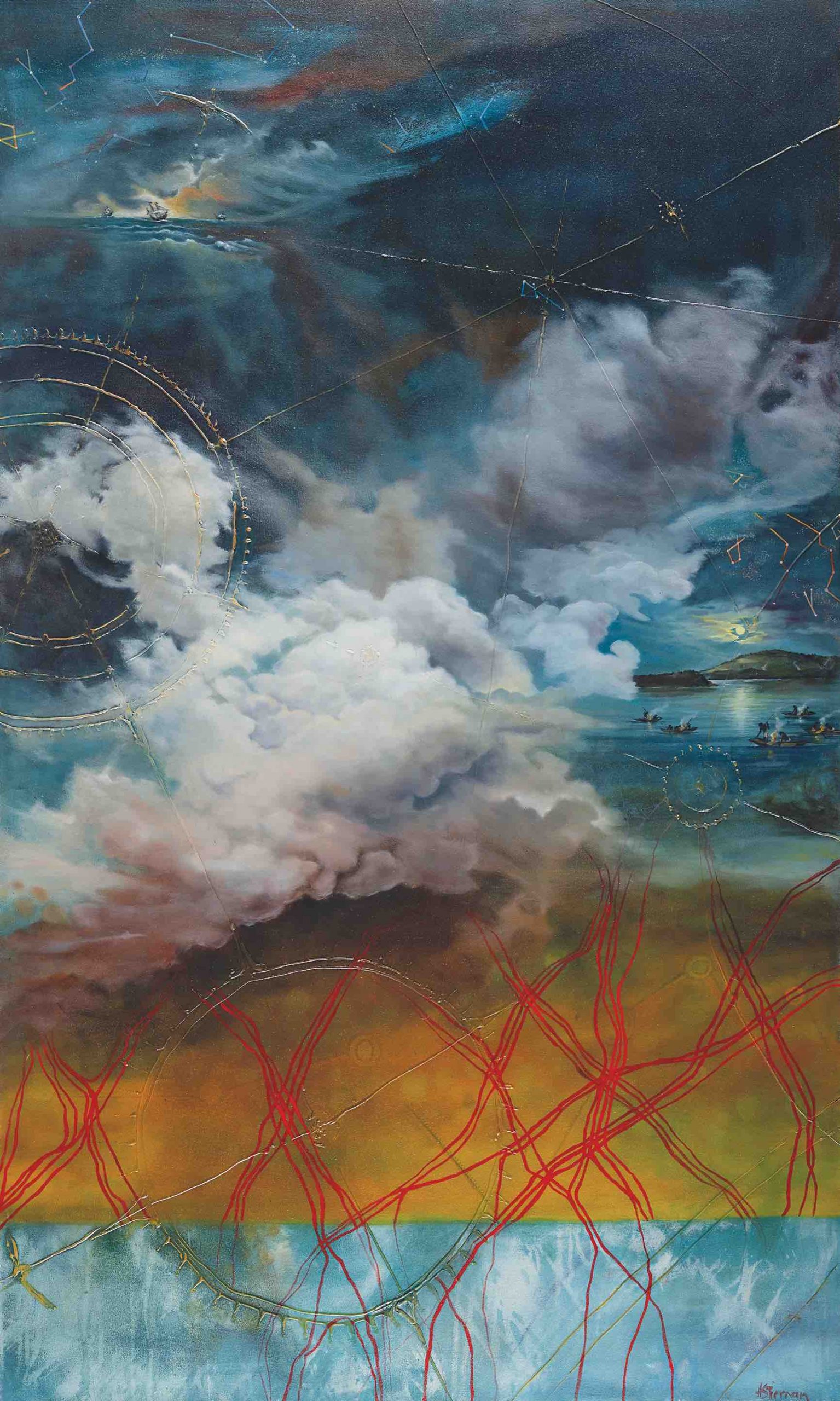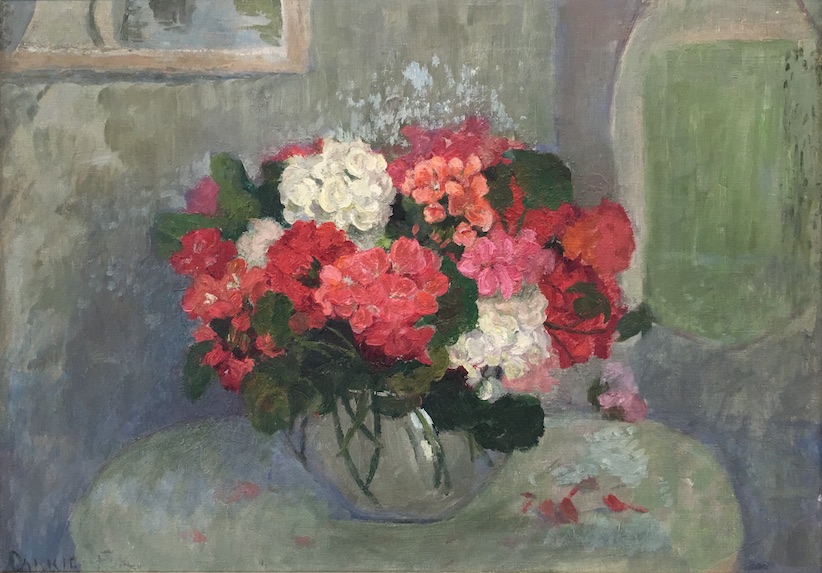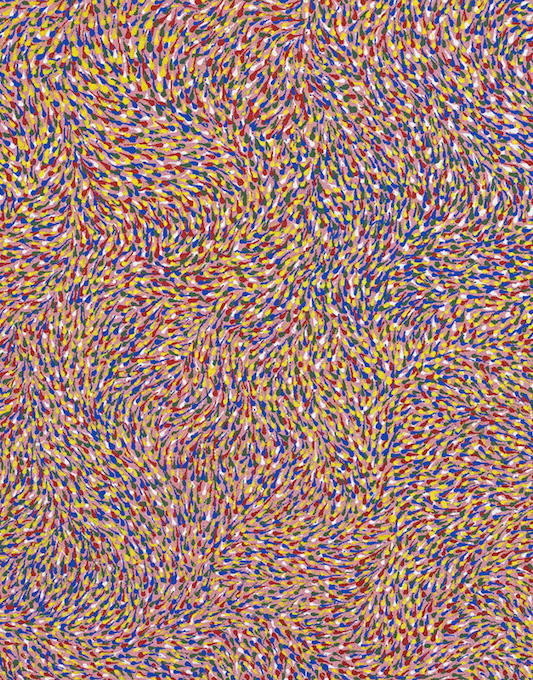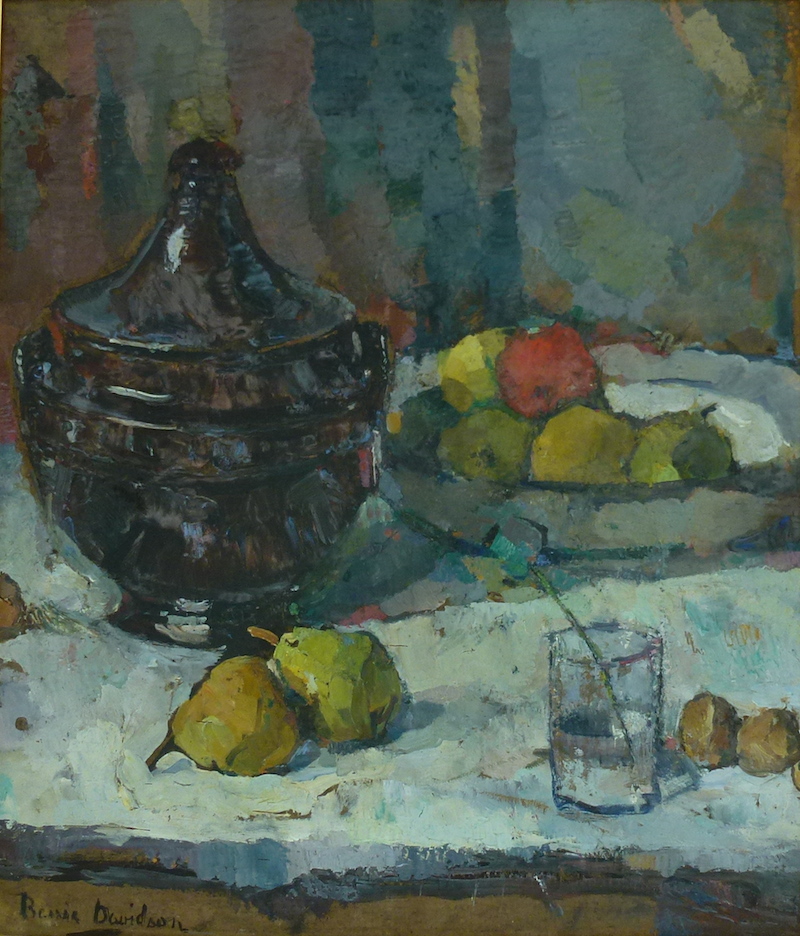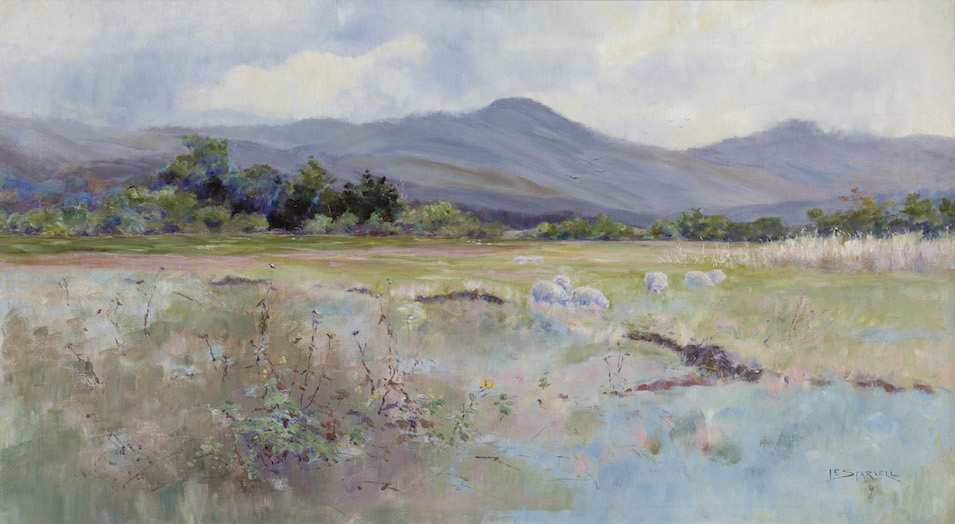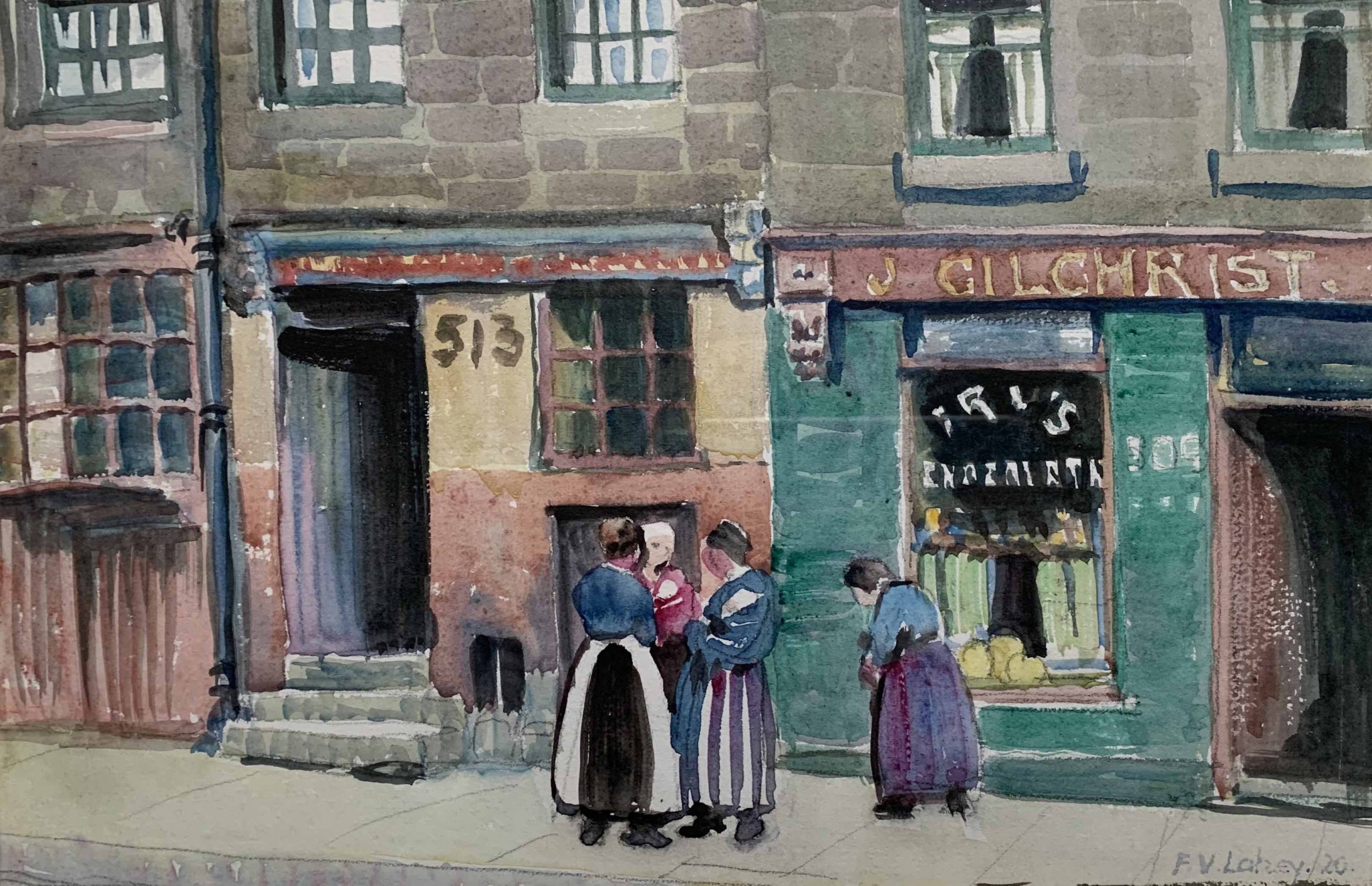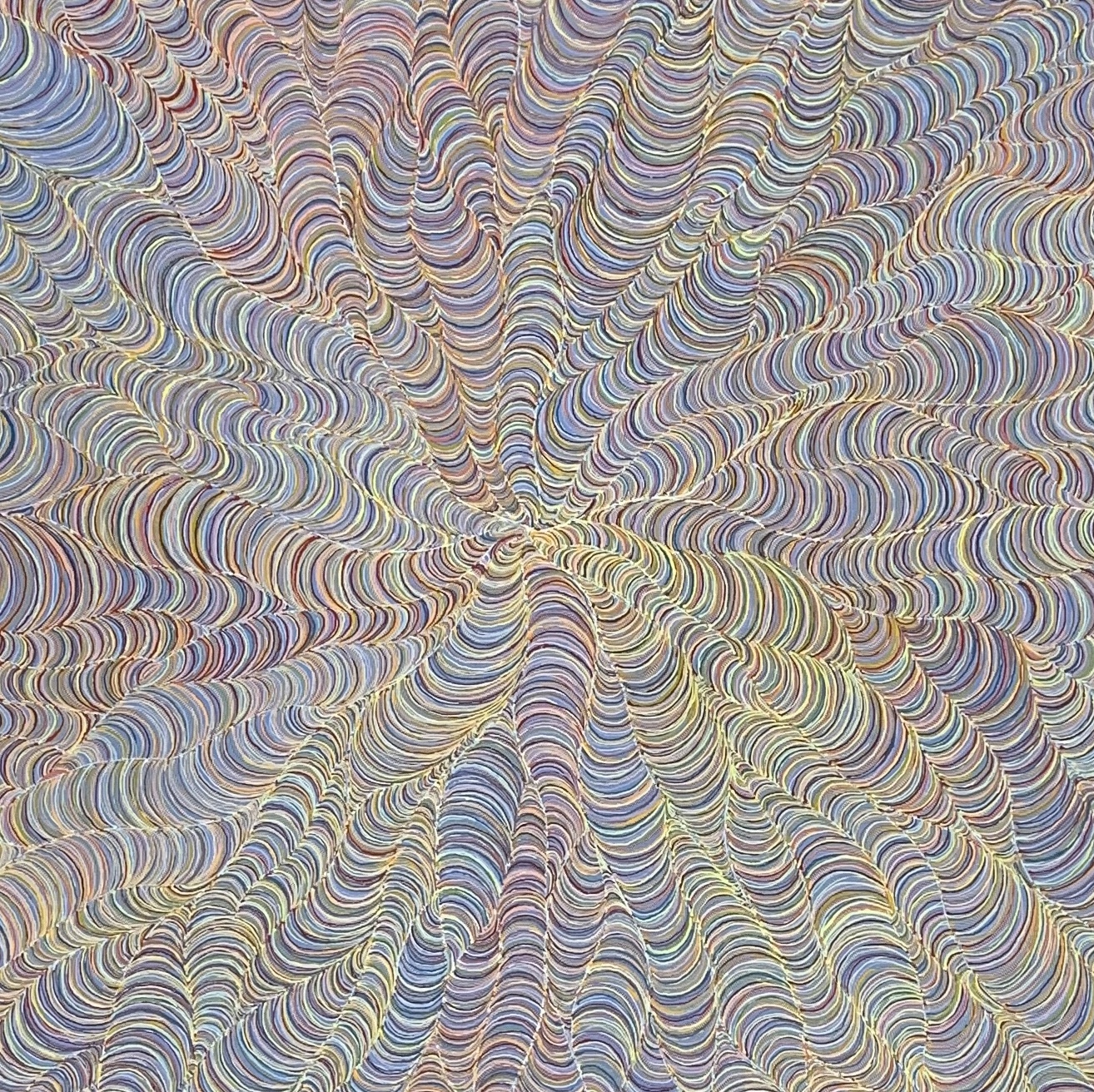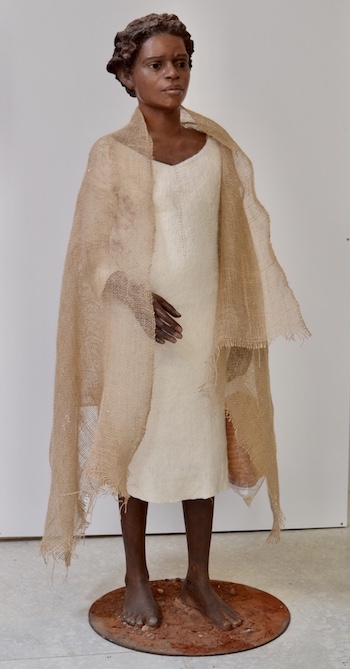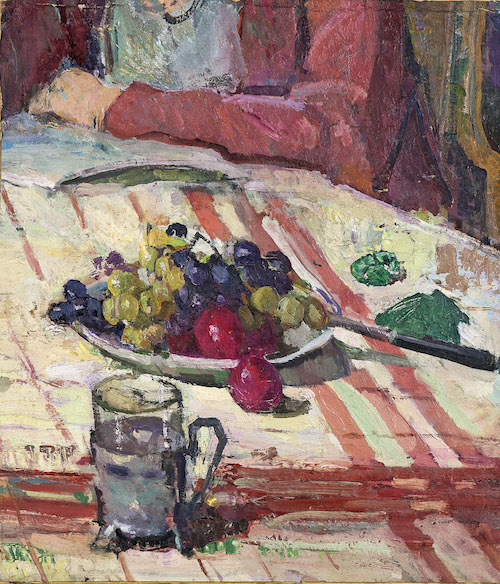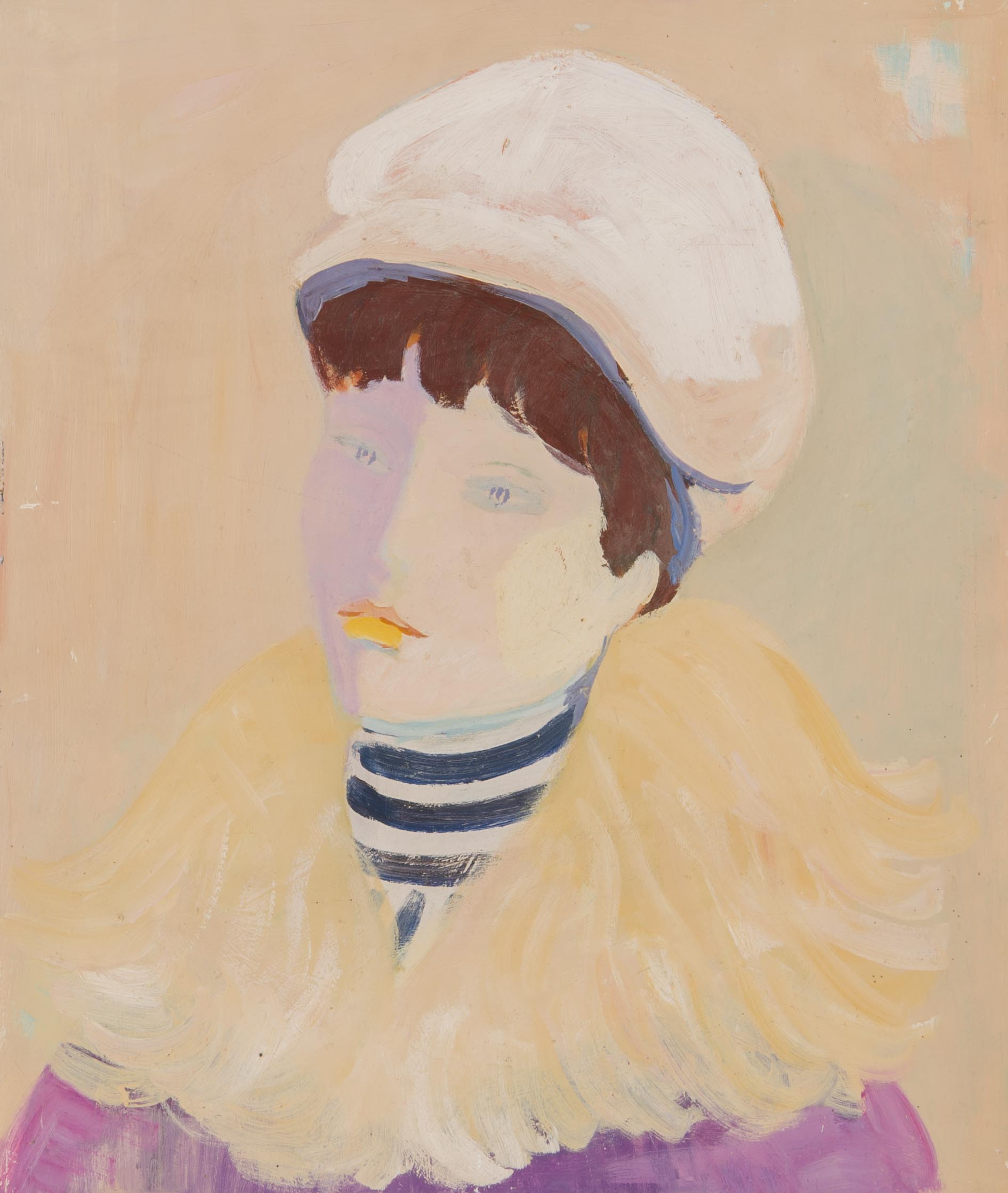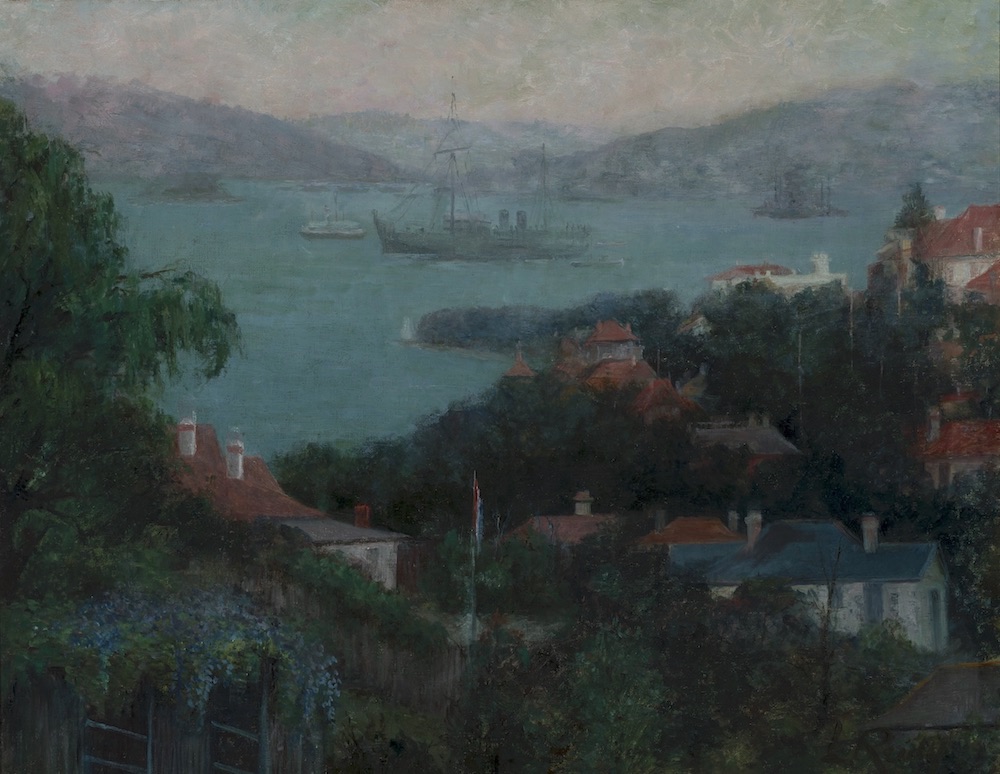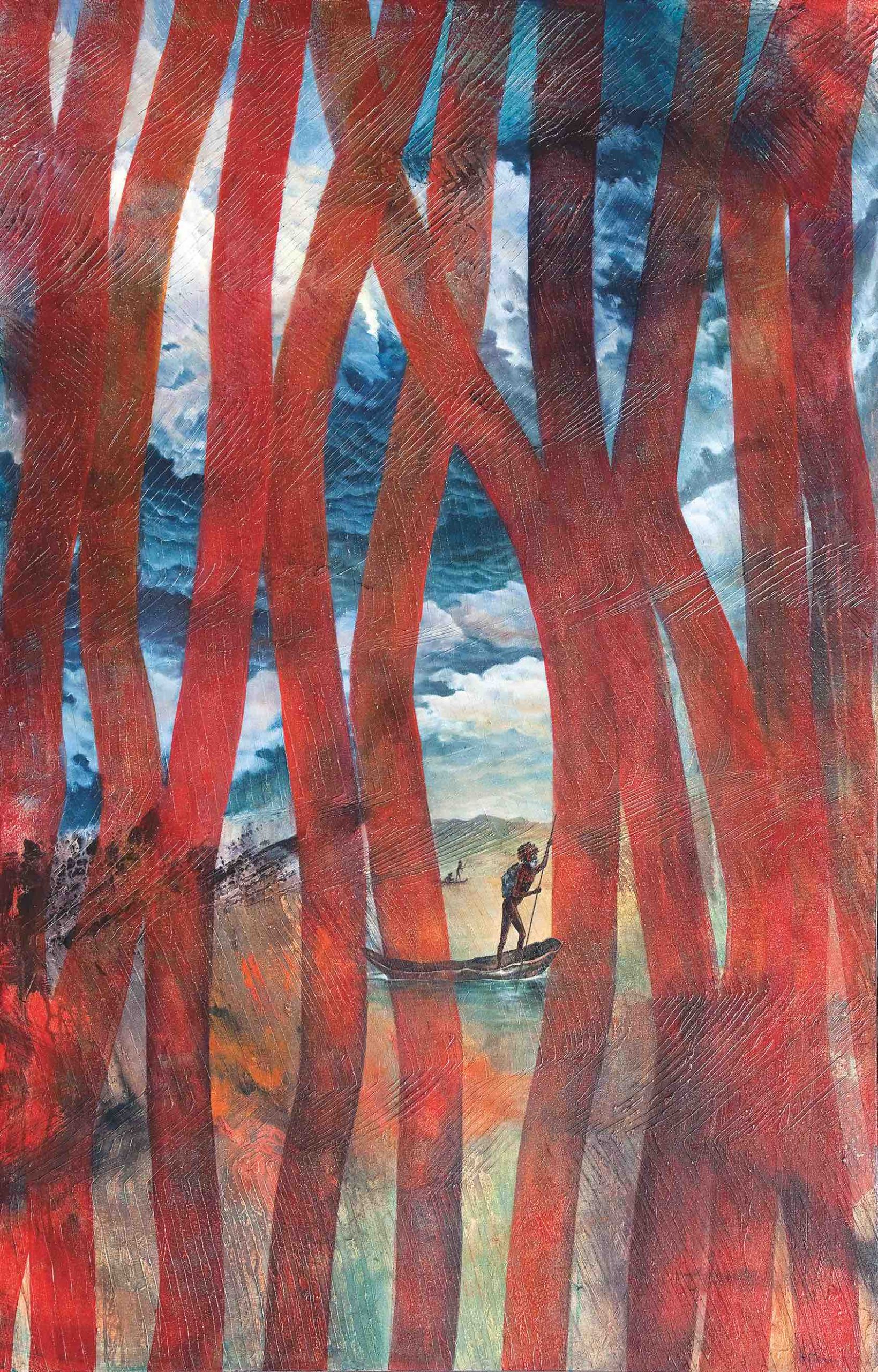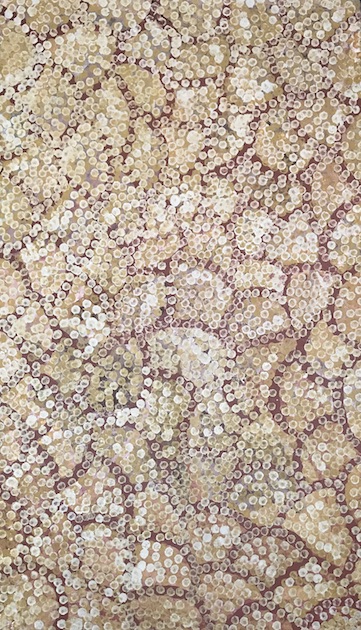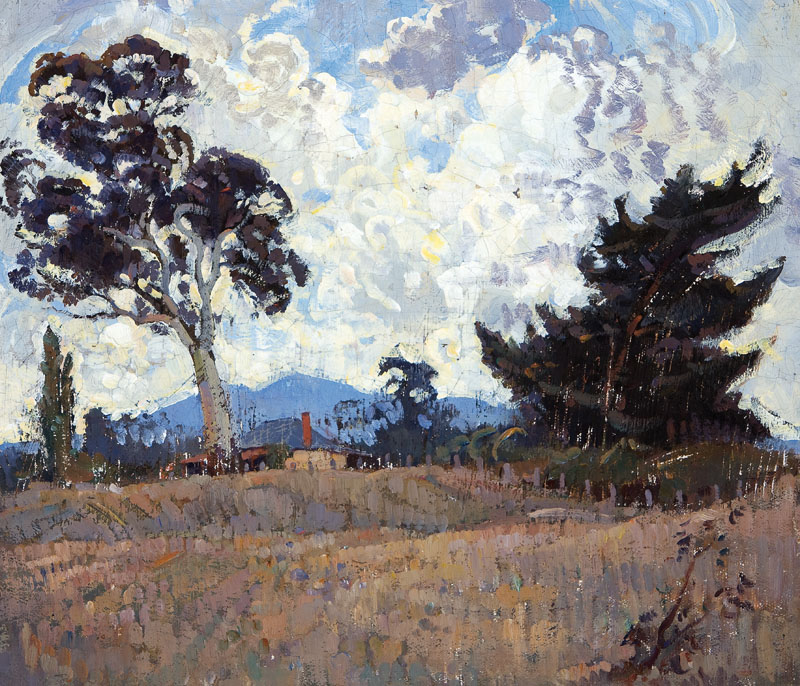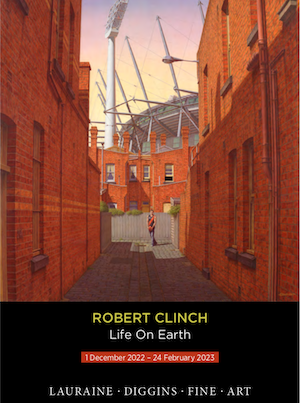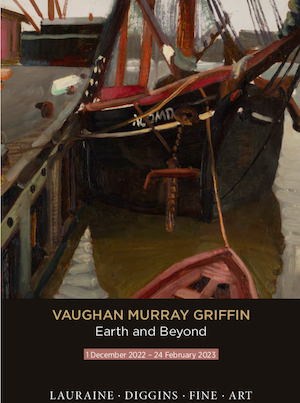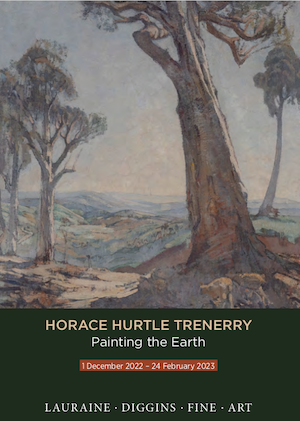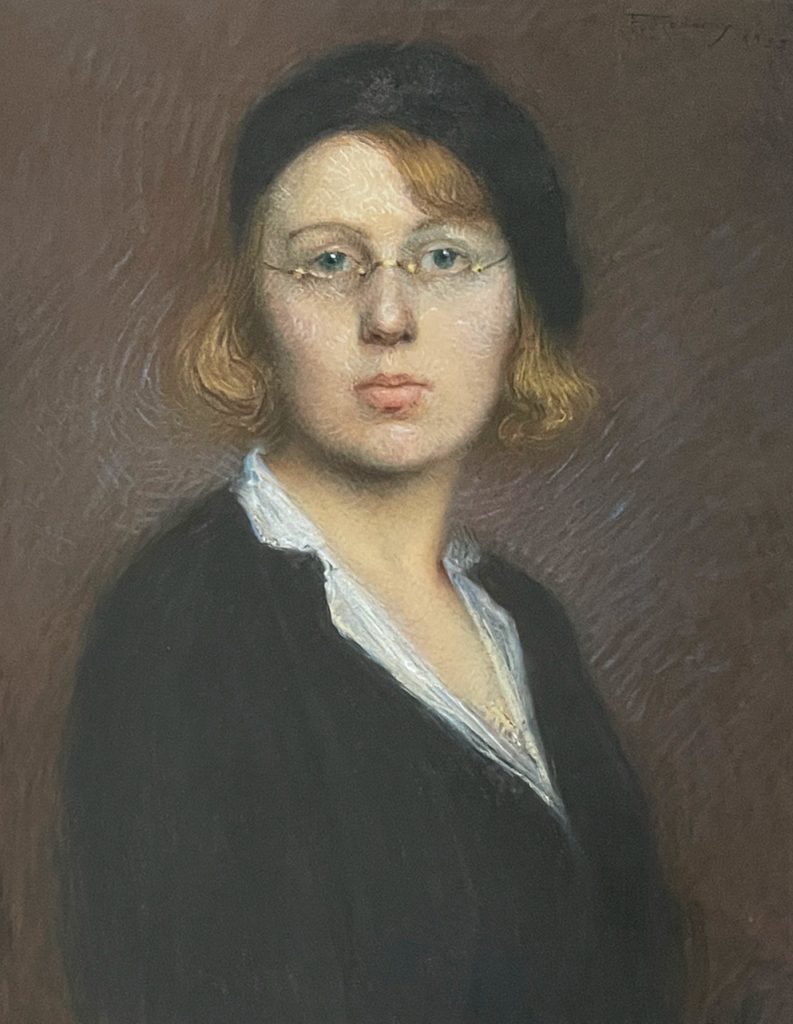
Two Australian artists who were acclaimed for their pastel technique are Janet Cumbrae Stewart and Florence Rodway. We are pleased to currently have eye-catching works by each of these artists, allowing us to to Take A Closer Look At… their mastery of pastel.
Florence Rodway established a significant reputation, particularly in her favoured medium of pastel and was sought after for portrait commissions from both institutions and private clients, including Dame Nellie Melba; J. F. Archibald (her portrait being a finalist in the inaugural Archibald prize); Julian Ashton and Henry Lawson.
In Rodway’s Portrait, we are intrigued by the modern woman meeting the viewer’s gaze, in the manner of Preston’s Flapper (1925, collection of the National Gallery of Australia) and Hilda Rix Nicholas’ Une Australienne (1926, collection of the National Gallery of Australia). Rodway has presented her sitter front on and with a great degree of directness with a focus on the face, the background seeming to support and highlight the figure and at the same time, simply melt away. Her outfit transports us to another era. Rodway uses bold, broken, parallel, vigorous linear strokes and strong colour focus. There is a sense of dynamism and we feel the presence of the sitter.

Janet Cumbrae Stewart’s work comprised portraits, landscapes, and still lifes, particularly flower studies however she is most well known for depicting the female nude in pastel. These works were not driven by a narrative focus, rather the sensuous and gracefulness of the figure with a focus on colour and texture.
In The Old Shawl we see a device favoured by Cumbrae Stewart, with a shawl draped over the model’s shoulder, providing a contrast between the richly coloured material and the soft flesh tones, offset by the model’s dark hair. With her head turned to the right, allowing for a tension in the pose where the left shoulder, right elbow and the gentle profile are highlighted.
Janet Cumbrae Stewart’s artwork is today viewed through a lens acknowledging her lesbian sexual preferences, providing another layer of intimacy to her celebration of the female form.
In each of these artworks, the delicacy of the pastel medium is matched with a vigour in the strokes on the paper and pastel lends itself to capturing both luminous skin tones contrasted against bold blue and red in the Cumbrae Stewart and velvety black in the Rodway. The sketchy nature of the background in each accentuates the figure.
To Take A Closer Look At… the pastels of Florence Rodway and Janet Cumbrae Stewart please click here.

